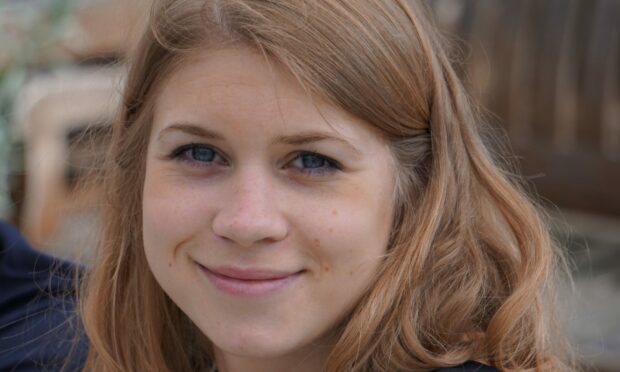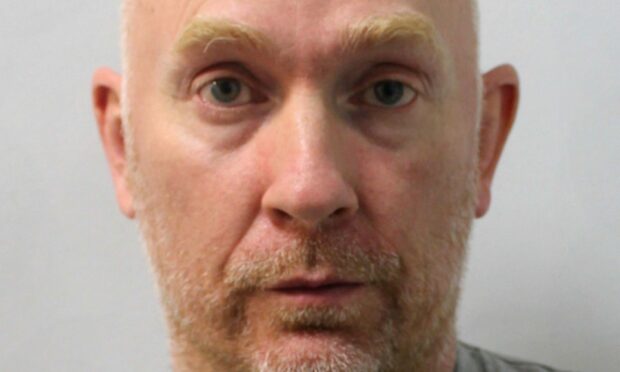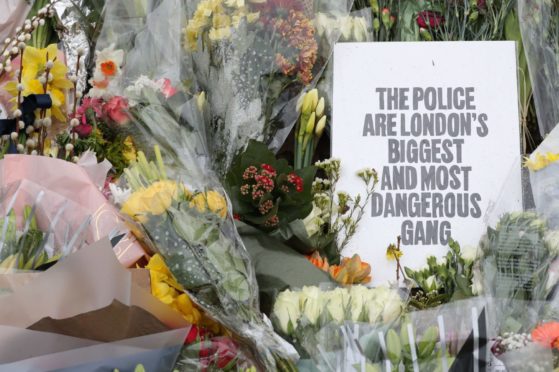A new verification check for lone police officers in Scotland has been introduced in the wake of the murder of Sarah Everard.
Police Scotland said it wanted to reassure the public after she was abducted and killed by Metropolitan police officer Wayne Couzens.
Couzens, 48, used his warrant card to abduct Ms Everard from a south London street before raping and murdering her.
Control room check
Police Scotland have announced that members of the public in Scotland can now request a control room check.
They are immediately introducing a simple officer verification process to provide reassurance to any member of the public who may be concerned about whether or not they are being spoken to by a genuine police officer working alone.
A spokesman for Police Scotland said: “The move follows the understandable public concern surrounding the horrendous murder of Sarah Everard.”
He added: “On duty officers operating on their own will now proactively offer to carry out a verification check for anyone they come across who appears to be concerned for their safety. A member of the public can also request that a verification check be done.”
Although police officers normally work in pairs in Scotland and it is very rare for a lone police officer to approach a member of the public, there are occasions when this could happen.
New process already begun
The new process, introduced on Saturday, October 2, will allow for the officer’s personal radio to be put on loudspeaker and for an officer or member of police staff in a Police Scotland Control Room to confirm that the officer is who they say they are, that they are on duty and the reason the officer is speaking to the member of the public.
The Control Room will then create an incident number which can be displayed on the officer’s mobile phone or radio to confirm the broadcast message details.
In the even rarer situation where a lone off-duty officer has to become involved in an incident, the officer will call 999 and allow the member of the public to speak to the control room on the phone.
Uniformed colleagues will also be dispatched as quickly as possible.
Public confidence
Deputy Chief Constable Will Kerr said: “Our officers work, on a daily basis and across every community in Scotland, with absolute professionalism to protect the vulnerable and keep people safe in line with our core values of integrity, fairness and respect and a commitment to upholding human rights.
“Public confidence and consent is critical to our legitimacy, and our ability to keep our communities and citizens safe.”
He added: ““The appalling circumstances of Sarah Everard’s murder have deeply affected people and many are now understandably concerned about verifying an officer’s identity.
“Police Officers will, of course, continue to approach any member of the public who appears distressed or vulnerable, to offer support and assistance.
Police responsibility
“However, although it is rare for a lone police officer to have to speak to a member of the public in Scotland, we absolutely recognise our responsibility to introduce an additional means of verification to provide further reassurance to anyone, in particular women who may feel vulnerable, and who might be concerned if they find themselves in this situation.
“The onus is on us, as a police service, to proactively offer this additional verification process to any member of the public who appears distressed, vulnerable or frightened. Police officers always carry photographic identification and will be happy to provide further reassurance about who they are and their reason for speaking with someone if requested.”
PM calls on women to have faith in ‘overwhelmingly trustworthy’ police


